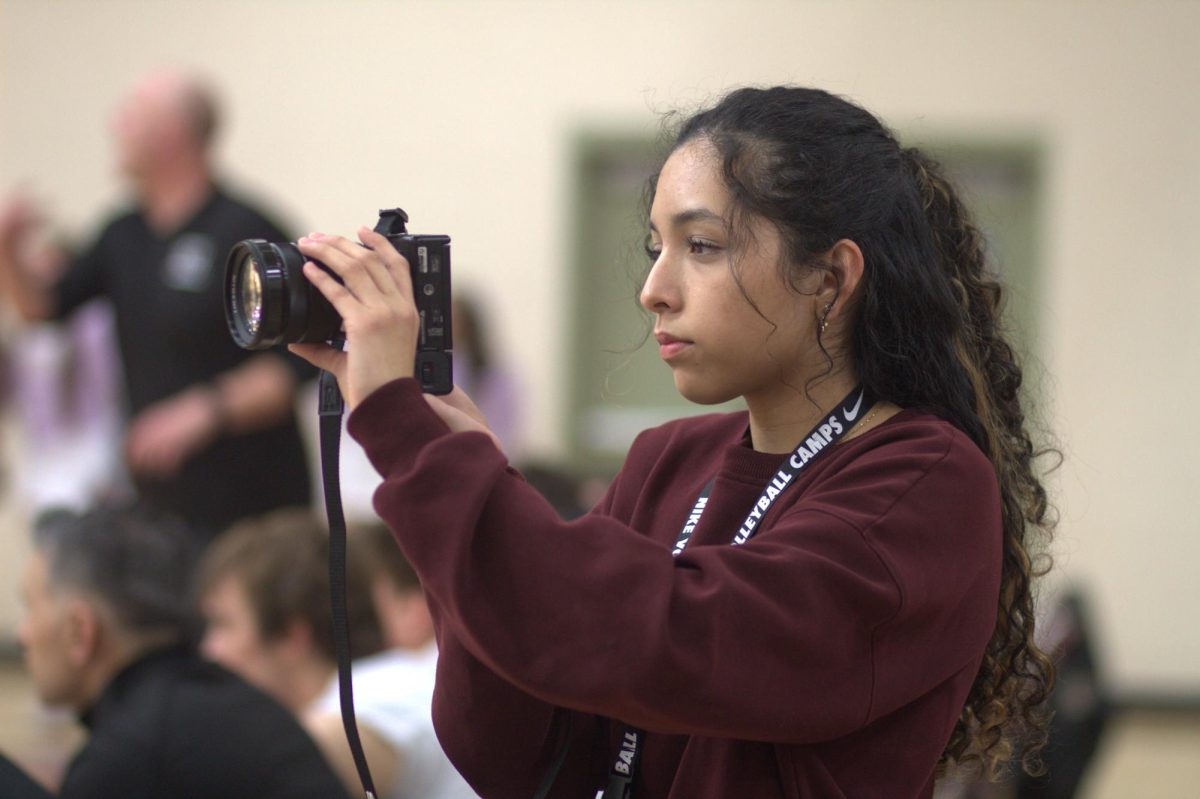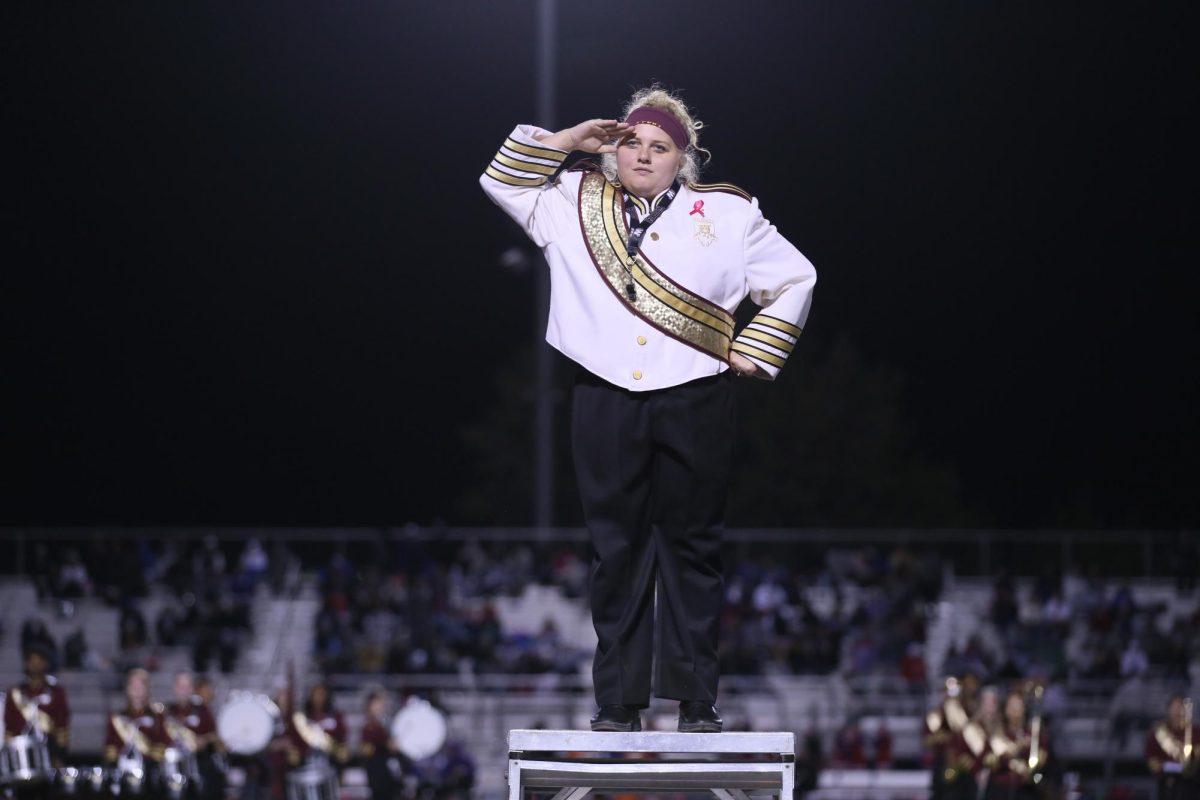In today’s world, the pursuit of higher education is on the minds of nearly every aspiring academic in the country. Aside from students’ GPAs, extracurriculars, and SAT scores, they all share a common goal: to find a college or university that will meet their needs and provide the learning environment that can prepare them for the careers that lie ahead. But with over 7,000 higher education institutions in the U.S., how will they pick the perfect one for them? Luckily for these hopefuls, Whitney High provides a variety of resources and opportunities to help them stay informed about the requirements, processes, and choices to consider while making our big decision.
The College and Career Center at the school is one place to start for guidance. There are always resources to help every student who is looking for anything from information on colleges to community service opportunities. The school also provides a multitude of AP and Honors courses that can help high-achieving students distinguish themselves in the eyes of colleges. On campus, there are several clubs that anyone can participate in and assume leadership roles. But even with all these resources available, there still lies a tremendous amount of planning ahead and hard work to be done.
To become competitive for college, many students are required to take the initiative in preparing as extensively as they can. College admissions programs scrutinize over every detail of a student’s high school career in order to separate him or her from the overwhelming number of other applicants.
“I’ve been trying hard this year to keep my grades up and participate in extracurriculars,” junior Antonio Diaz said. “I’m currently preparing for the upcoming SAT and hopefully I’ll be able to score high enough to impress the college I have in mind.”
Important standardized tests to consider include the SAT, ACT and SAT subject tests. Scoring well on these tests and having a sufficiently high GPA are some factors that could make or break your plans for higher education. In addition to testing, students are expected to stay involved in community service, leadership opportunities, and clubs as well as providing the school with an application essay.
Even with this all this hard work and preparation, students still feel the pressures of college searching and the important crossroads they are facing.
“Everyday we come to school to repeat a monotonous cycle of work and study, only to lead into a life that demands more work,” junior Edwin Tran said. “We put so much work into beating the person next to us that we forget the goal is to making a content living. Worst part is, if we fail, there is no second chance.”
Tran’s sentiments are shared by most students who hope to be accepted into prestigious and competitive colleges. With every year that goes by, higher-end schools grow increasingly selective. UC Berkeley’s acceptance rate dropped from 21% in 2010 to 18% in the spring semester of this year. UCLA came in with an acceptance rate as low as 17.8% this fall semester. So for many, there is no guarantee that they will be able to do enough to secure their spot in a college of their choosing and, most importantly, secure their futures.
by ADITYA NIRGUN





